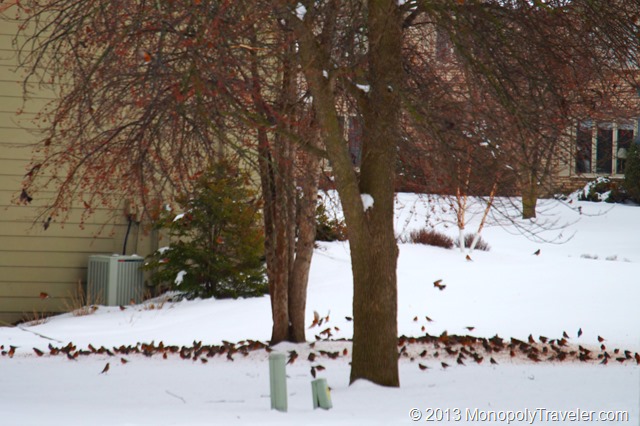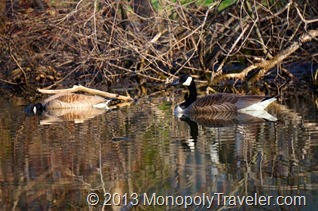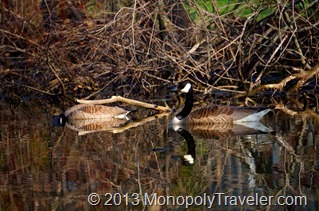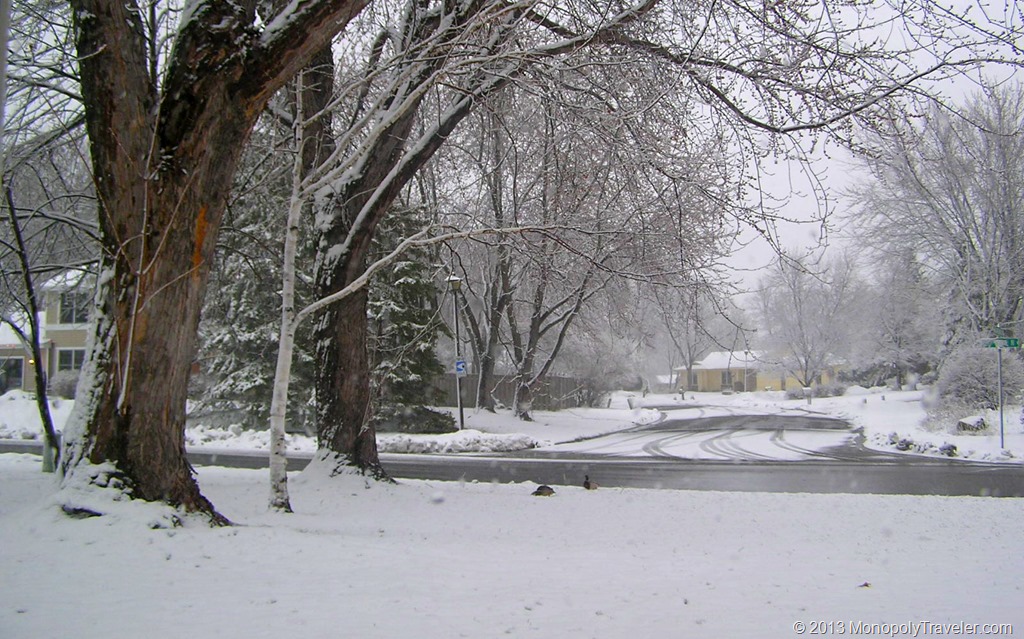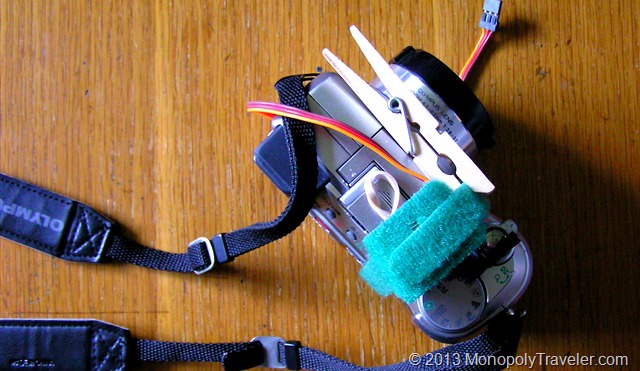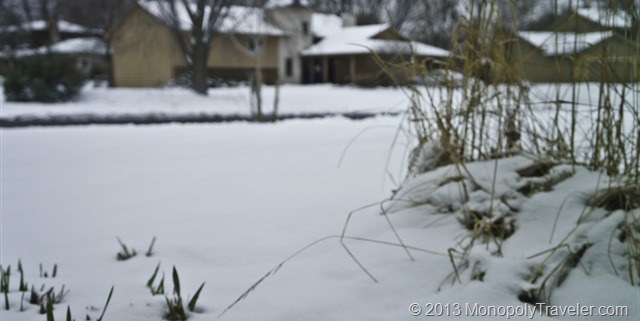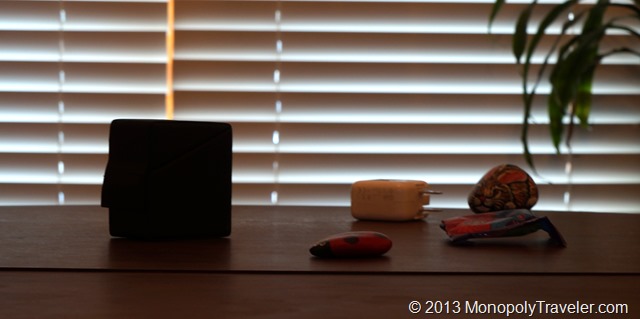Isn’t it obvious? Traveling to the different parks on the National Parks Monopoly Board! Right? Sort of. Travel is one of the ways the objective is accomplished but it is not the main concept of this sight. Our main goal is “gaining life experiences”. This is not highlighted much at all in many of the stories. I hope to correct that with a little identifier on what new experiences occurred in each post.
What is meant by gaining life experiences and why is that important? Life experiences are responsible for who each of us is. Many people may share an experience even though each person has a unique perspective on that experience but no one else in the world has all of the same experiences during a life. It is that whole combination of experiences that help make each one of us an individual like no other. One of the best parts, we get to choose many of our life experiences!
People are very different in how they gain life experience. I like to learn about a lot of different things so I take on a hobby for awhile, learn a lot about it, and then go on to a different hobby. That’s why traveling to different locations fits me. I’ve been to Mazatlan Mexico five times. Mazatlan is a nice place and I really enjoyed it but the last time I was there it was not as stimulating for me because I have experienced it before. I don’t plan to return for awhile if ever. I want to experience some place different. The same thing with cruises. I’ve been on five of them and the last one just wasn’t as much fun. I likely will not go on another one for while (After this summer when we are taking a cruise to Alaska to see Glacier Bay National Park which is on our Monopoly Board).
These are all different ways of gaining life experience making each of us unique. Tough to gain life experience in bed or watching TV. Sure I like to take a break from gaining much experience once and awhile and watch a moving or two and take a nap on a rainy day. Who doesn’t? Accomplishing a something new can be extremely simple such as a walk to a park. You may noticing a bird you haven’t seen before or briefly observing kids playing a game or having a disagreement. BRIEFLY is key here as watching for too long could bring questions from the police. Maybe you see an old friend or meet a new one. All can provide a new experience. In the photo below I had never witnessed hundreds of Robins clustered together like this before. A little research indicated that it is not a rare event further south.
We are in control of how we react to an experience and what we take away from it. Not all life experiences are positive ones. A loved one in the hospital or the passing of a pet. These are still new encounters and add to the total computation of life. Asking a few questions in your own mind or even writing them down helps you understand yourself further. Did you like this experience? Why or why not? What did you take away from it? Did you learn something new about yourself? It’s ok to laugh about having an ah hah moment. I find it very intriguing when I learn something new that I would never have imagined before about myself.
Let me provide a brief example. I don’t recall the exact place and time but I do remember the events and the enlightenment that followed. It had just finished raining and I went outside to work on some of the plants around the house. I’m a horticulturalist, it’s what I do. While walking under some trees I brushed against a branch and water rain over my head. It was just at that moment I realized I don’t like things dripping on my head unless I’m in the shower or swimming. There are more exceptions but in general I don’t like slow dripping liquids. Now it is my choice to not like slow dripping liquids on my head so it is also up to me to change that if I so desired. Not sure how but I’m confident I could. I also don’t know if this has been a life long thing or started recently. That doesn’t really matter to me.
This simple life experience provided insight into me. I learned something and didn’t intend to. We all have this ability. It just takes a conscious effort and willingness to do so. Each little experience leads to a lifetime of knowledge which is why life experience is so valuable and makes you unique.



